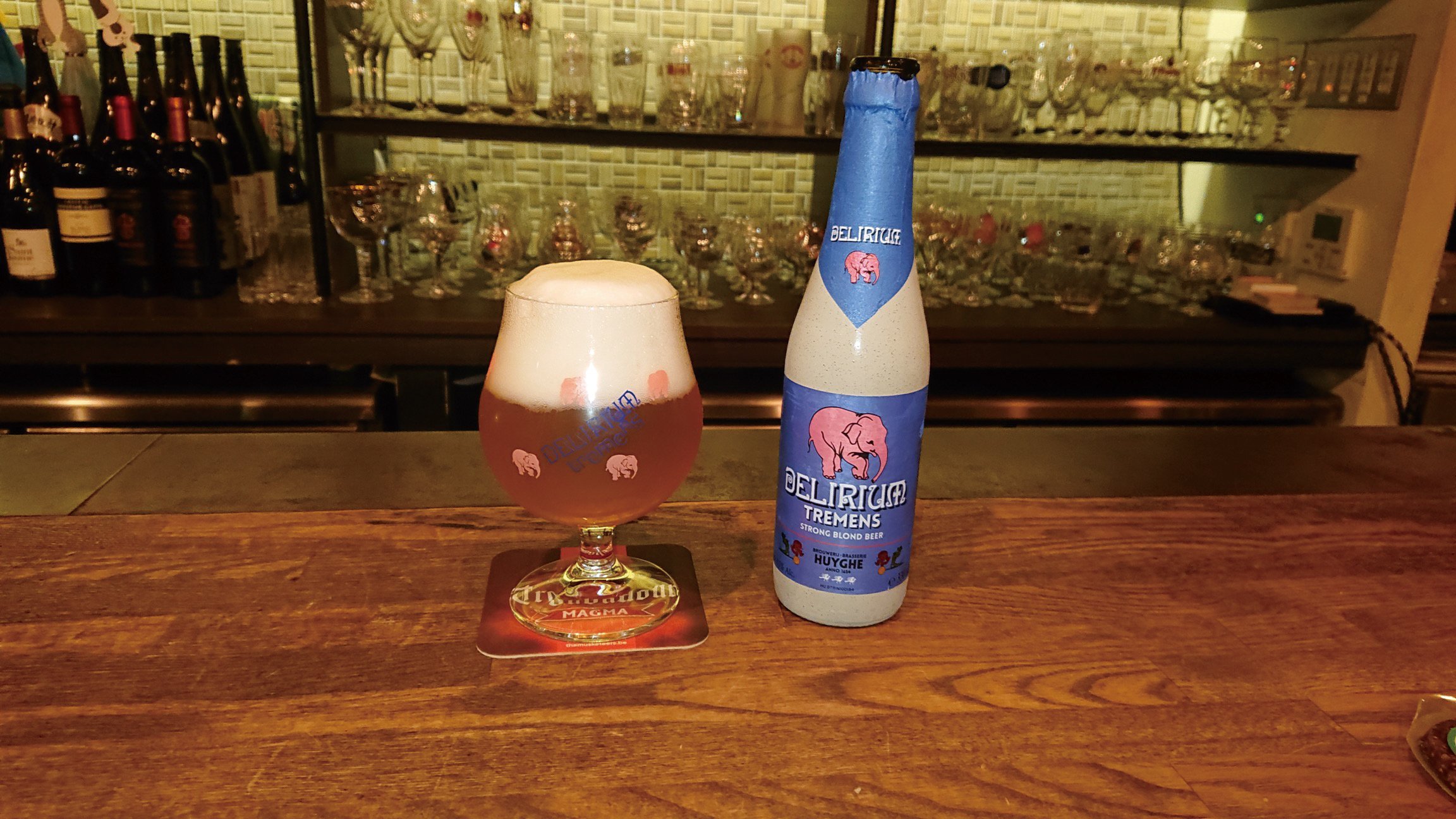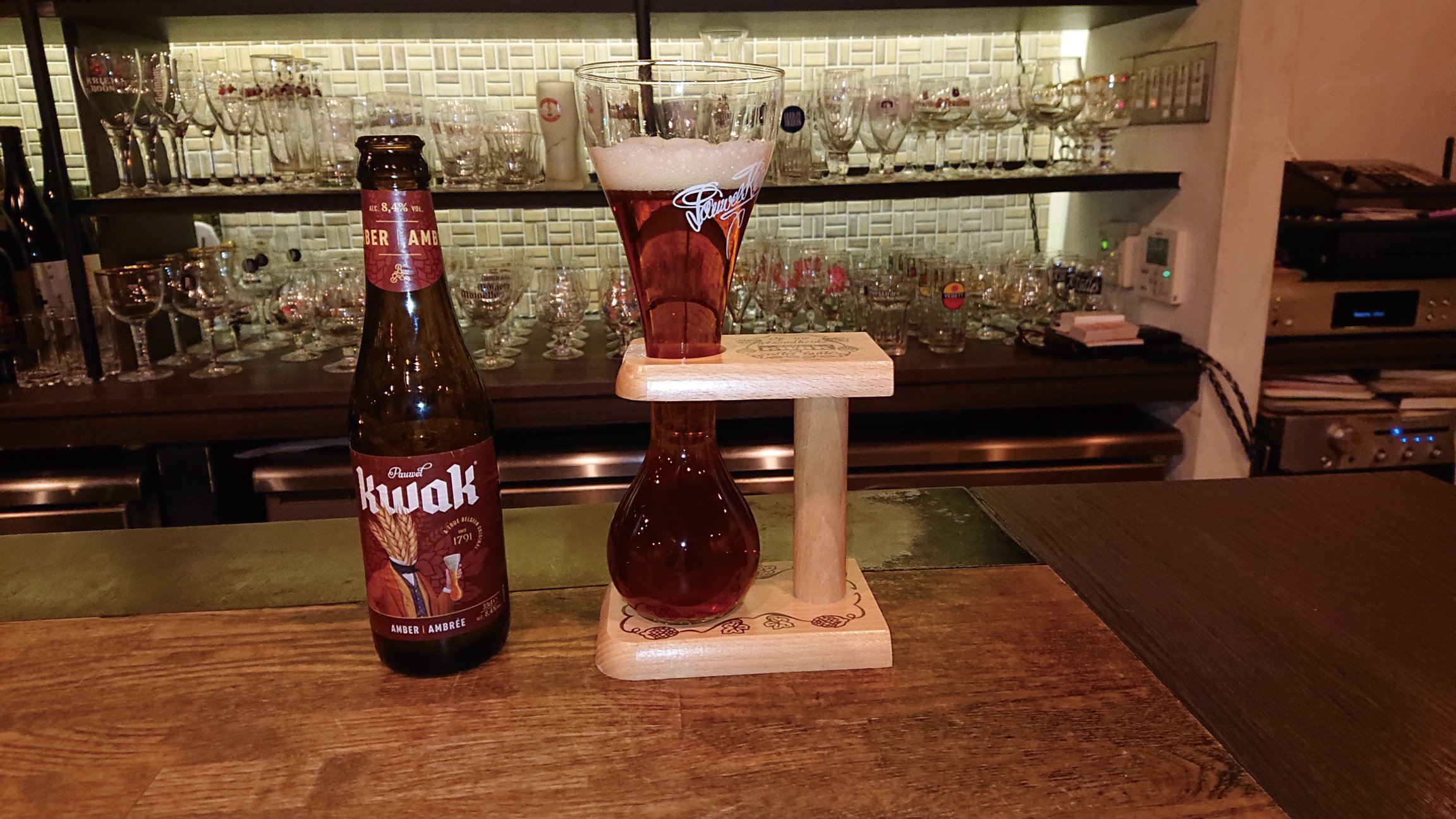The Call of Belgian Beer
Belgium is a small country but is a kingdom of local beers, with many breweries. Allegedly, Trappist monks began brewing beer instead of wine. That is the beginning of Belgian beer history. When I first started drinking Belgian beer 30 years ago, I heard that there were about 100 breweries and 1,000 types of beer in Belgium, but now there are about 2,000 types. There are various flavors; some taste like wine, others are fruity like cherry, some light, and some very dry. This wide variety of tastes is what makes Belgian beer so appealing to me.
Chimay is the first major Trappist monastery beer I tried; it has five types of beer, such as the sweet one with a red label and the clear one with a white label. Duvel is one of my favorites; it is sharp and effervescent.
The essential point for beer is that glasses are uniquely made for the brand. Some people claim that glasses are shaped to enhance the taste of beer, but I am skeptical about this theory. If glasses really make a difference, why is there only one type of Chimay glass and their red and white label beers taste different? In any case, the call of beer is not only its flavor but also its glasses.
Pink-elephant-labeled Delirium Tremens is smooth, but be careful! The alcohol content is higher than 8%. “Delirium tremens” means shaking frenzy (a severe type of withdrawal from alcohol). This name is said to be derived from the episode in which you see a pink elephant when you get drunk.
Kwak’s glass is set on a wooden stand. I heard that the stand was created to imitate the shape of a crook of a coach so that the coachmen could have a drink while staying by the side of the coach. In fact, it is difficult to hold a glass in this stand and drink beer from it. So it sounds quack.
I think that Belgian beer bars might struggle to collect these glasses; the appeal of these places is that I can meet people from different generations who share an interest in rare beers.

There are regular-sized bottles and special big-sized bottles.


A pink elephant is on the label and bottle.

The glass is said to have been made for coachmen.

Tsuyoshi Seike
Professor
Department of Socio-Cultural Environmental Studies
vol.43
- Cover
- Energy Technology for Carbon Neutrality
- Mehr Licht!: Realizing Highly Efficient Light Energy Conversion Using Organic Materials
- Decoding Life Phenomena and Intractable Diseases Through Experimental Biology and Data Science
- For a Better Interaction Between Humans and Robots
- GSFS FRONTRUNNERS: Interview with an entrepreneur
- Voices from International Students
- ON CAMPUS x OFF CAMPUS
- EVENT & TOPICS
- INFORMATION
- Relay Essay
